Diamond quality chart for grading size, clarity and color
Diamond Grading Terminology
A diamond's value is based on the characteristics known as the "4 C's".
Clarity, Color, Cut, and carat weight are the quality elements which cost of a stone. The high-quality stones are the rarest and of course the most expensive. While clarity is frequently assumed to be the most important factor of all the "C's", in fact, color and cut (especially cut) have a more profound effect on the visual appearance of a diamond.
Carat Weight
Carat is the unit of weight for all gemstones. One carat has 100 points like a dollar has one hundred pennies. Therefore a diamond measuring 50 points is 1/2 carat in weight or 0.50ct. There are five carats in a gram. There are 31.5grams to a metric ounce. If you do the math, it would take quite a few 1ct stones to weigh an ounce.
Clarity
A diamond's clarity is determined by the number, nature, position, size, and color of internal characteristics called "inclusions" and surface features called "blemishes". These irregularities occurred in the liquid magma (volcanic rock) within which the diamond was created. Diamonds are mostly pure carbon, however, during crystallization other minerals nearby, or even other bits of carbon forming more quickly may have become trapped within the cooling mass. These show themselves as the various characteristics which make up the clarity of a diamond (included crystals, feathers, clouds etc). The clarity of a diamond is graded by using 10X magnification under good lighting by an experienced grader. Below are the clarity grades by GIA standards.
FL - Flawless
Free of all blemishes and inclusions
IF - Internally Flawless
No inclusions visible, only minor blemishes.
VVS1 - Very Very Slightly Included 1
Minute inclusions extremely difficult to locate.
VVS2 - Very Very Slightly Included 2
Minute inclusions extremely difficult to locate.
VS1 - Very Slightly Included 1
Minor inclusions difficult to locate.
VS2 - Very Slightly Included 2
Minor inclusions somewhat easy to locate.
SI1 - Slightly Included 1
Noticeable inclusions easy to locate.
SI2 - Slightly Included 2
Noticeable inclusions very easy to locate.
I1 - Imperfect
Obvious inclusions usually easy to locate with the unaided eye.
I2 - Imperfect
Obvious inclusions easy to locate with the unaided eye.
I3 - Imperfect
- Obvious inclusions very easy to locate with the unaided eye and affect the brilliance of the stone.
Color
A diamond should have no color at all, which would give it a perfect "D" color. Every color after "D" would start to have the faintest signs of yellow or brown (most common diamond color) increasing to the end of the scale at "Z". Anything with more color than "Z" would be classified as a "fancy color", where the prices can become more expensive as in the D and E colors. A machine called the "Colorimeter" can be used for color grading but there is no substitute for the trained human eye.
Cut
The sometimes forgotten "C", ensures that a given stone has maximum brilliance and sparkle which would not be the case were the stone cut for weight alone. Simply put, when looking at a diamond, if it doesn't catch your eye or if it doesn't flash in the light, it's probably not well cut. Good cutting is essential to have a brilliant fiery stone.
*We recommend buying a GIA certified diamond so you are assured the quality of the stone...
| Diamond Color Scale or Grading for White or Colorless Diamonds |
|
|---|---|
| Color | Diamond Color Scale or Grading |
| Colorless D E F | Most Expensive & Desirable |
| Near Colorless G H I J | ▼ |
| Faint Yellow or Brown K L M | ▼ |
| Dark Yellow or Brown S T U V W X Y Z | Cheapest & Lease Desirable |
| Fancy Colors | Expensive depending on color, depth of color, etc. |
